The recent winner of our photo contest photographed a barred owl sitting on the branch of a redwood tree – an image difficult to capture as owls are more often heard than seen. But this image raises the question of the status of barred owls in our redwood forests. Are they now considered natural, part of our landscape, or are they still invaders displacing our threatened, native spotted owls?
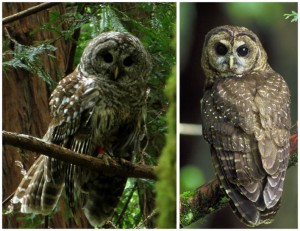
Barred owls are originally from old, undisturbed forests of the eastern United States. They live in mature forests near water and use large, dead trees for nest cavities. Since the early 1900s they have been moving west, possibly due to man-made changes which have created more suitable habitat for these birds. Some believe that as settlement occurred in the Great Plains, landscapes were altered and riparian forests were created, providing corridors for the barred owl to move west. Another thought is that with fire suppression in the west, the trees grew taller, creating suitable nesting habitats. Once they came south into California’s redwood forests, they started competing with the spotted owl and have been credited to aiding the decline of the spotted owl population. The barred owl is more aggressive than the spotted owl and has out-competed them for nest sites and food resources, and even started hybridizing with them.
In an effort to control the barred owl population and save the spotted owl, the U.S. Fish and Wildlife Service may start killing barred owls in the Pacific Northwest this fall. This brings up many questions on non-native species management and what to do with an animal that seems to now be part of the native landscape. Should we kill one species to save another? If we kill the barred owl is the spotted owl going to come back, or is it just going to make way for more barred owls to enter the forest ecosystem? This is an experiment one California landowner conducted on their private redwood forest. Over a three-year period they killed barred owls and saw that the spotted owls reclaimed their territories once their competition was gone. But this is no guarantee this will happen throughout the range of the spotted owl.
In some cases, it is easy to predict that man-made changes in nature will alter the dynamics of an ecosystem, such as a dam being built or a forest being cut down. But in the case of the barred owl and natural westward expansion over the past 100 years – who could have predicted the impact that would have on one of our iconic, treasured species of the redwood forest?
At what cost do we continue to try and fix the mistakes of our past?


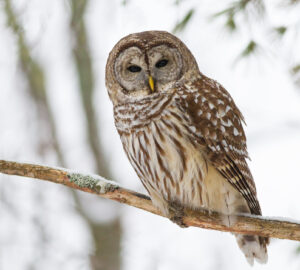

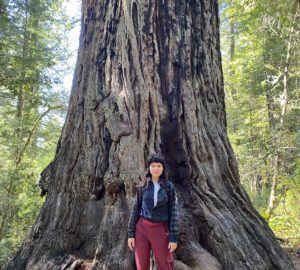
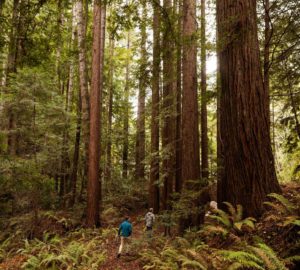

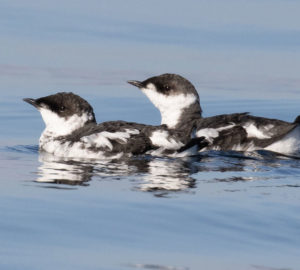
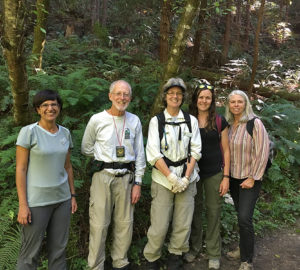
2 Responses to “Barred Owls – Should They Stay or Should They Go?”
David Hill
By Mayr’s (1942) definition of a biological species, the Barred Owl and the Spotted Owl are the same species, just different races or subspecies. In fact, there are at least 3 subspecies in this group, two called ‘Spotted Owls’. Killing Barred Owls in favor of Spotted Owls makes no more sense than killing Coyotes in favor of the so-called Red Wolf, which is another race of Coyote that freely interbreeds. You have to look at bird species like the Dark-eyed Junco to see how we progress from naming species according to differences to merging them once we understand their reproductive biology. Species are much more dynamic in their ranges over time than a lot of people like to think. The Barred Owl has been recovering a northern range as the glaciers have retreated and the climate has warmed. Not that long ago (less than 15,000 years ago), the Snowy Owl and Great Grey Owl occupied much of the range now occupied by this Strix species. Differentiation of isolated populations happens when they are separated, but if brought together, these populations may still merge. This happened with Homo sapiens and Homo neanderthalensis in Eurasia. I know that the Snowy Owl, like the Red Wolf, has become a symbol of habitat preservation. I greatly support habitat preservation, but let’s do it with real science that recognizes the dynamics of biogeography and evolution in nature, not the static view of species that many museum workers and wildlife managers operate by. (Dr. David E. Hill)
Deborah Zierten
Hello David,
Thank you so much for your comment. It is always great when one of our blog posts starts an exciting conversation. I know habitat conservation and management can be a tricky subject when there are iconic or threatened and endangered species involved. I think wherever you fall on the species debate, we definitely want to support biological diversity in the redwood forests. The problem some people have with Barred owls is that it seems their expansion is due largely to human-caused changes in the environment unlike environmental changes from such things as glaciers.
It will be interesting to see what the US Forest Service ends up deciding to due with an increasing Barred owl population.
Thanks again for your comment!!